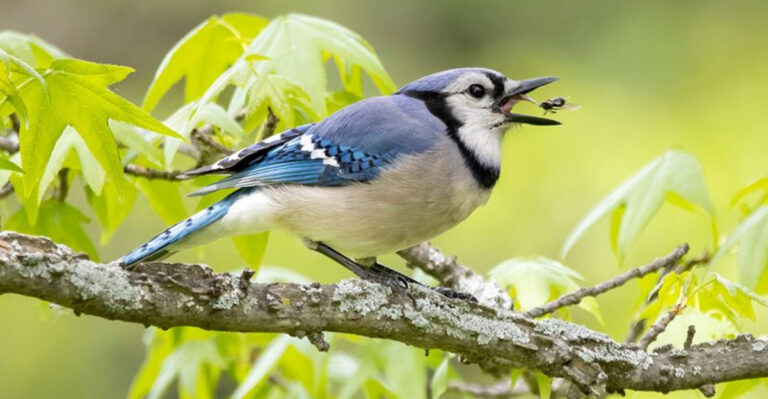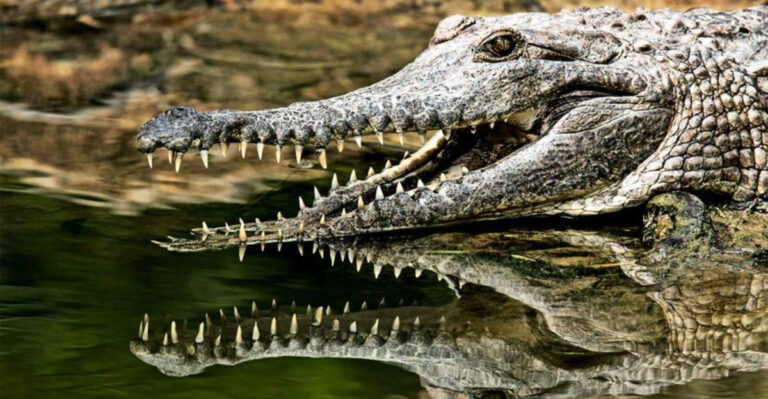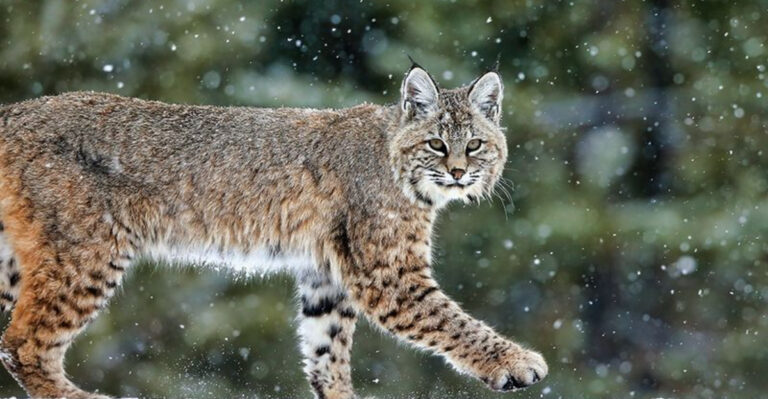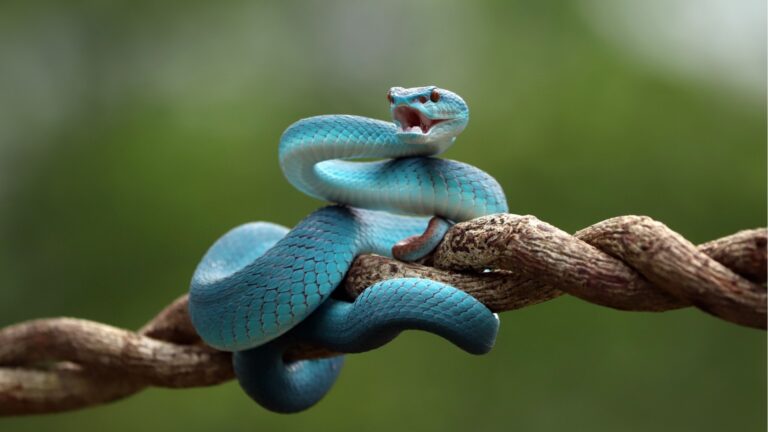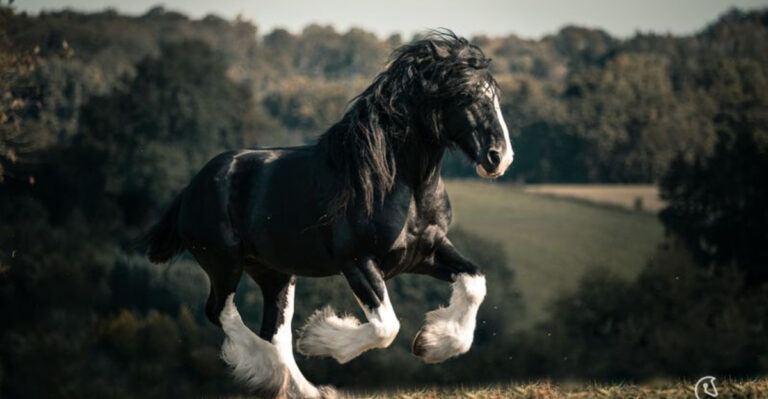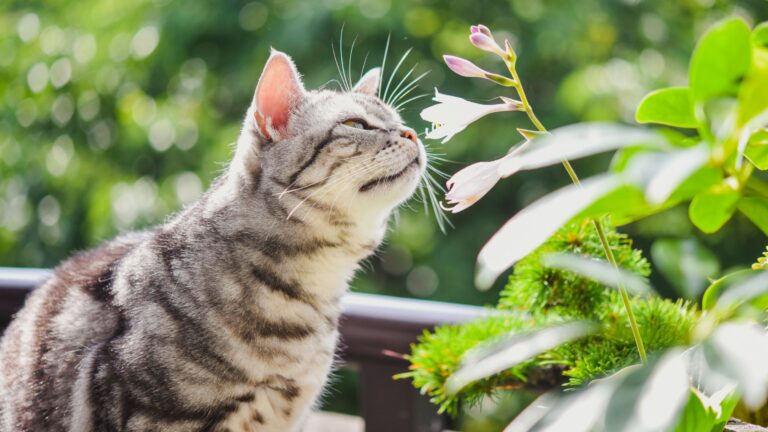How Animals Beat The Heat During Extreme Heatwaves
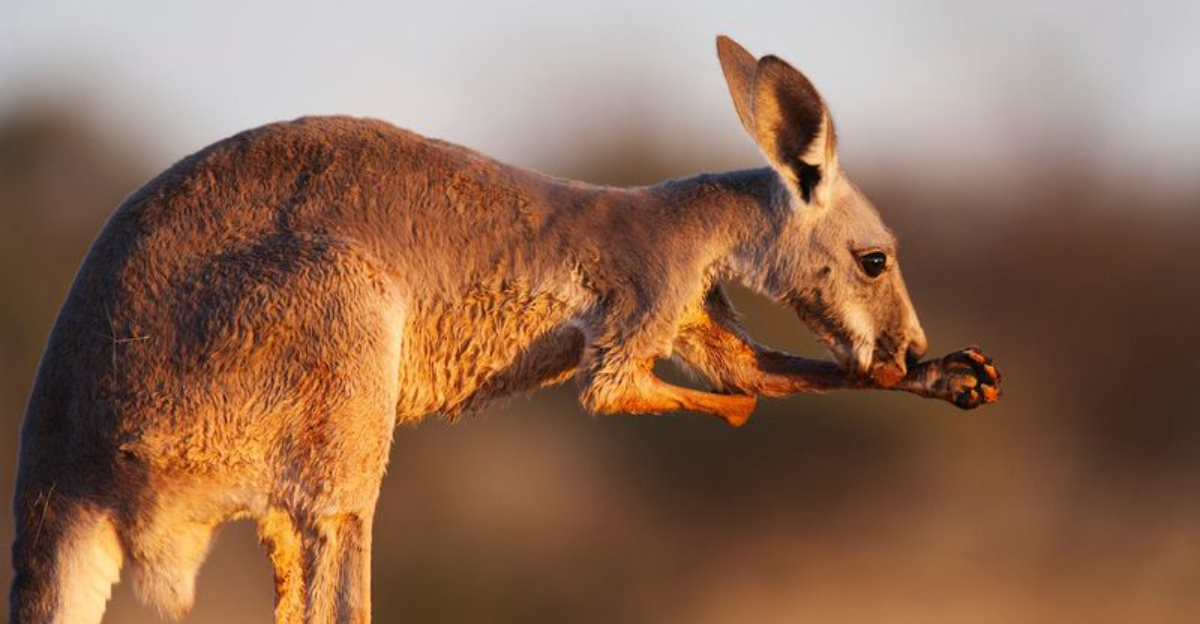
When summer temperatures soar, animals face serious survival challenges. Unlike humans, who can crank up the air conditioning, wild creatures must rely on natural adaptations to stay cool.
From specialized body parts to clever behaviors, animals have evolved amazing ways to beat the heat. Let’s explore how our animal friends keep their cool when things get too hot to handle!
Elephant Ear Cooling System
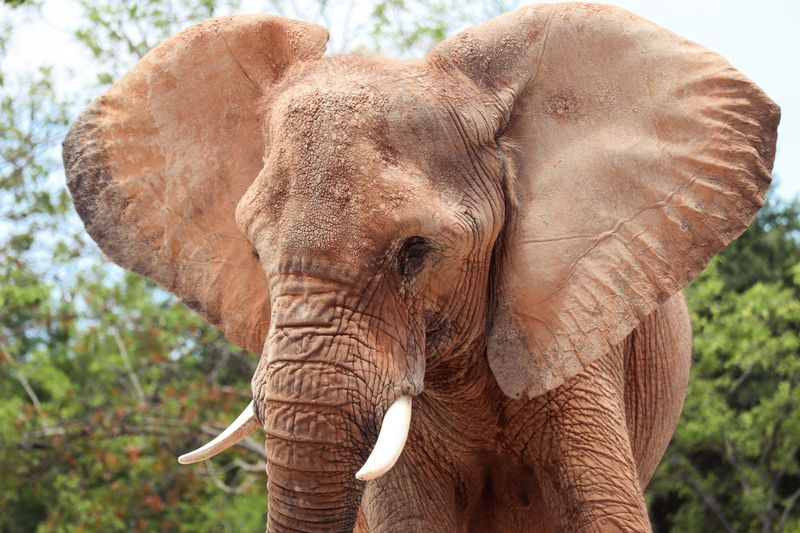
African elephants use their massive ears as natural air conditioners. These giant flaps aren’t just for show – they’re packed with blood vessels that release heat when the elephant flaps them. The cooled blood then circulates throughout the elephant’s body, bringing down their overall temperature.
On really scorching days, elephants take cooling a step further. They’ll spray their ears with water using their trunks, creating an evaporative cooling effect just like sweat does for humans. Smart pachyderms!
The larger an elephant’s ears, the more effective their cooling system works. That’s why African elephants have bigger ears than their Asian cousins – they evolved in hotter climates.
Hippo’s Natural Sunscreen
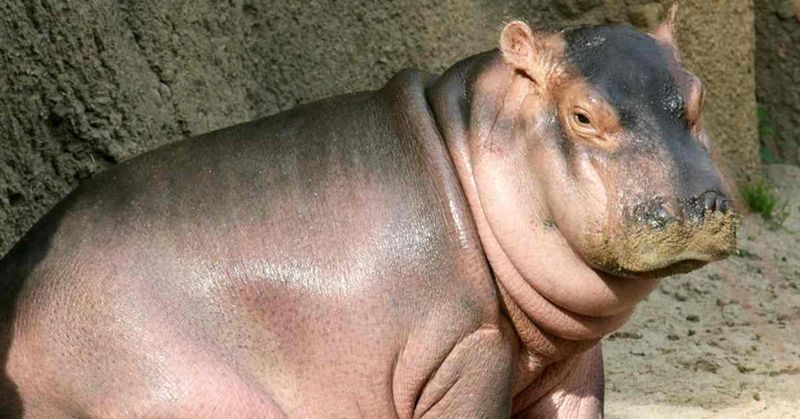
Hippos secrete a reddish oily substance that acts as both sunscreen and antiseptic. This remarkable fluid appears to “sweat” from their skin and turns red when exposed to sunlight, creating what some call “blood sweat” – though it’s neither blood nor sweat!
The secretion absorbs UV rays and prevents sunburn on a hippo’s sensitive skin. Without this protection, these semi-aquatic giants would suffer terrible burns during their long hours lounging in African waterways.
Scientists have studied this natural sunscreen hoping to develop better sun protection for humans. The hippo’s special secretion stays effective for hours, even in water!
Jackrabbit’s Heat-Releasing Ears
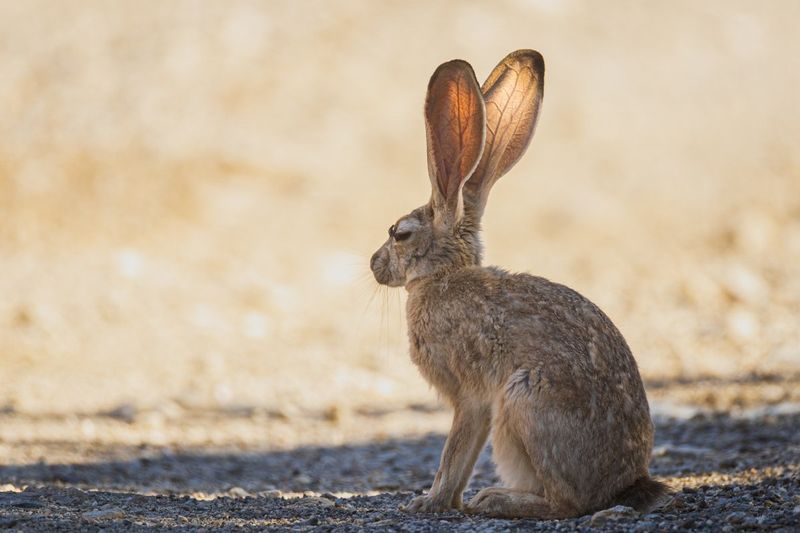
Jackrabbits sport extraordinarily long ears that serve as their personal cooling systems. Blood flowing through these oversized ears releases heat into the surrounding air, helping maintain a safe body temperature even in scorching desert conditions.
When temperatures rise, the blood vessels in their ears expand, increasing blood flow and heat loss. One jackrabbit can release nearly 50% of its body heat through its ears alone! No wonder these desert dwellers thrive where other mammals struggle.
The position of their ears also matters. They’ll turn their ears to catch the slightest breeze, maximizing cooling efficiency when every degree counts.
Beehive Air Conditioning
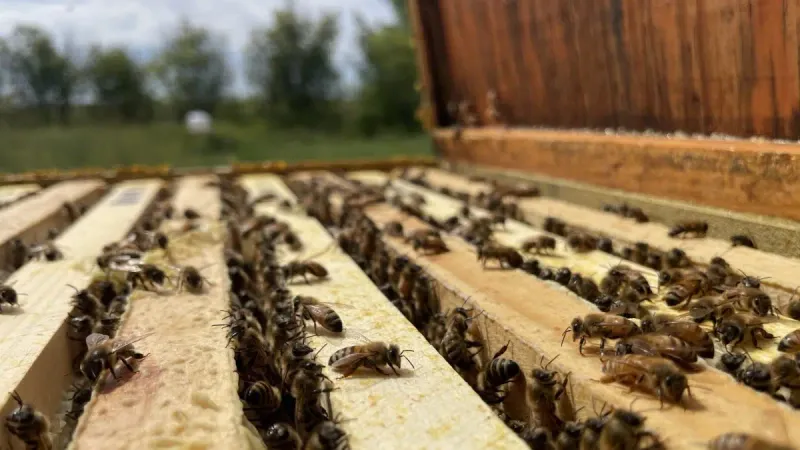
Honeybees are master climate controllers! When their hive gets too hot, worker bees transform into living air conditioners. They collect water from nearby sources and spread it throughout the hive, then fan their wings furiously to create evaporative cooling.
Some dedicated bees station themselves at the hive entrance, facing inward with wings buzzing. This creates air currents that push hot air out while drawing cooler air in. It’s an ingenious ventilation system that keeps the delicate honeycomb from melting.
A healthy colony can maintain their hive at a perfect 95°F (35°C) even when outside temperatures soar above 100°F. Talk about teamwork!
Stork’s Poopy Protection
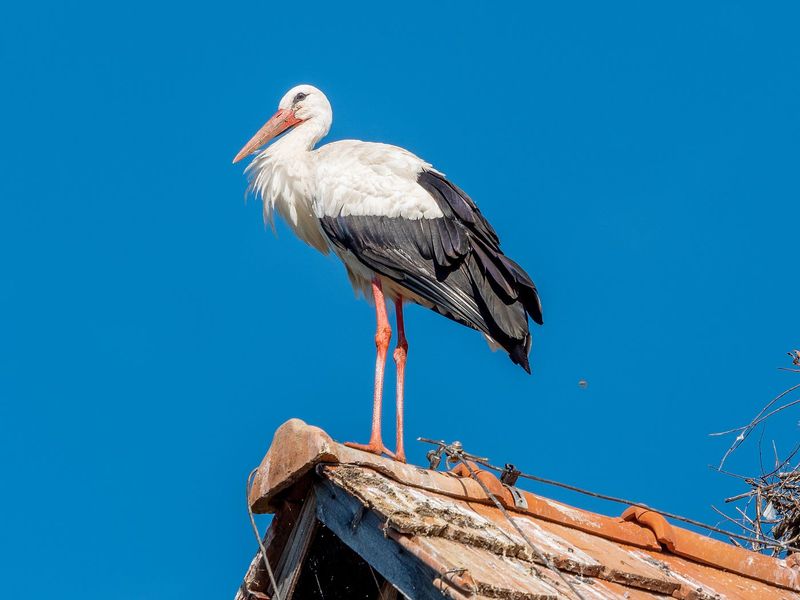
White storks have developed one of the grossest but most effective cooling strategies – they poop on their own legs! This behavior, called urohidrosis, might seem disgusting, but it’s brilliantly effective. Their white excrement contains high levels of uric acid that reflects sunlight rather than absorbing it.
As the liquid portion evaporates, it creates a cooling effect similar to sweat. Many birds lack sweat glands, so this alternative method helps them regulate temperature on hot days. Nature finds a way, even if it’s a bit stinky!
Storks aren’t alone in this habit – vultures and some other large birds use the same technique when temperatures climb too high.
Kangaroo’s Spit-Cooling Method
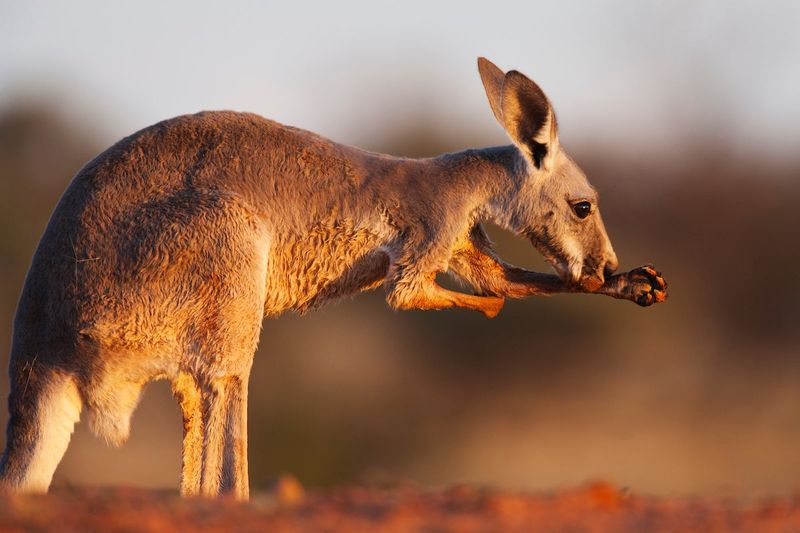
Kangaroos have a rather sloppy but effective way to beat the heat – they lick their forearms until they’re soaking wet with saliva. As this moisture evaporates, it draws heat away from the blood vessels close to the skin surface, cooling their entire body.
This technique works because kangaroo forearms contain a network of blood vessels that carry the cooled blood throughout their body. On extremely hot days, you might spot a kangaroo with glistening, wet forearms hopping around the Australian outback.
A kangaroo might spend hours licking its arms during a heatwave. Not the most dignified cooling method, but certainly effective!
Dogs’ Panting Technique

Dogs cool down primarily through panting, not sweating like humans. When a dog pants, moisture evaporates from their tongue, inside their mouth, and lungs. This evaporation pulls heat away from their body, helping maintain a safe temperature.
Blood vessels in a dog’s tongue expand during hot weather, bringing more blood close to the surface where it can be cooled. The faster the panting, the more air flows over these moist surfaces, increasing the cooling effect.
Some breeds pant more efficiently than others. Flat-faced dogs like pugs and bulldogs struggle more in heat because their shortened airways make panting less effective – one reason they need extra help staying cool.
Meerkats’ Underground Escape
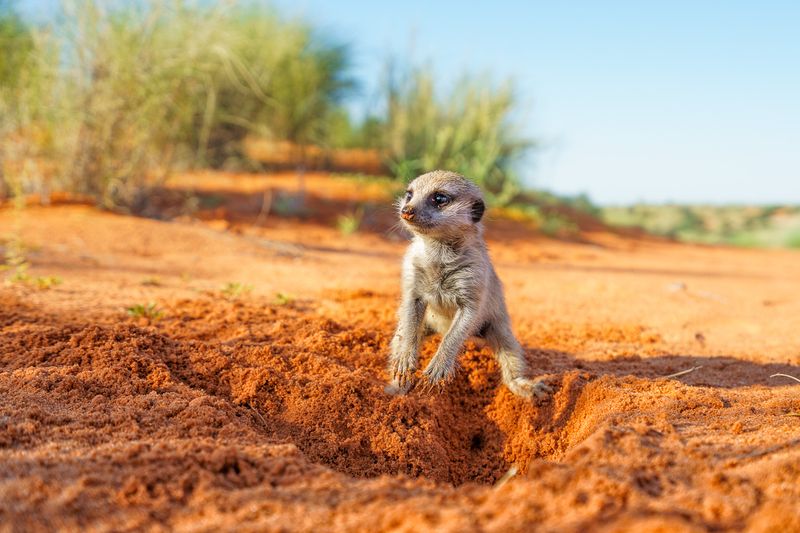
Meerkats are desert specialists who avoid the worst heat by retreating underground. Their extensive burrow systems can be 6-10 feet deep, where temperatures remain relatively stable compared to the scorching surface above. These underground homes can be 20-30 degrees cooler than outside!
The clever creatures time their activities around the heat. They wake early to forage before the worst midday temperatures hit, then disappear belowground during peak heat. Some meerkats take turns as lookouts, standing on their hind legs while others feed.
Their burrows also protect them from predators and provide safe nurseries for pups. Talk about multifunctional homes!
Termite High-Rise Cooling
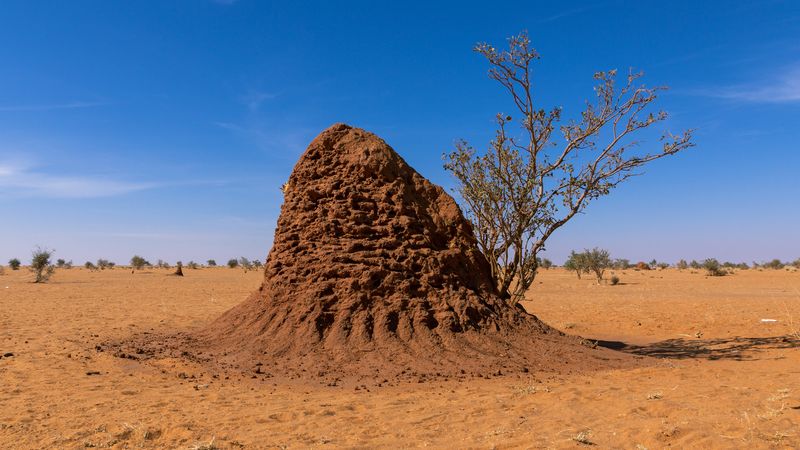
Termite mounds are nature’s skyscrapers with built-in climate control. These impressive structures can rise 30 feet tall and feature ingenious ventilation systems that keep internal temperatures steady despite extreme outside heat.
The mounds contain a complex network of tunnels and chambers that create convection currents. Hot air rises through central shafts while cooler air flows in through side tunnels. This passive ventilation system maintains ideal conditions for the millions of termites inside.
Human architects study termite mounds to design more energy-efficient buildings. The Eastgate Centre in Zimbabwe uses termite-inspired design principles to stay cool without air conditioning, using 90% less energy than similar buildings!
Burrowing Owl’s Underground Oasis
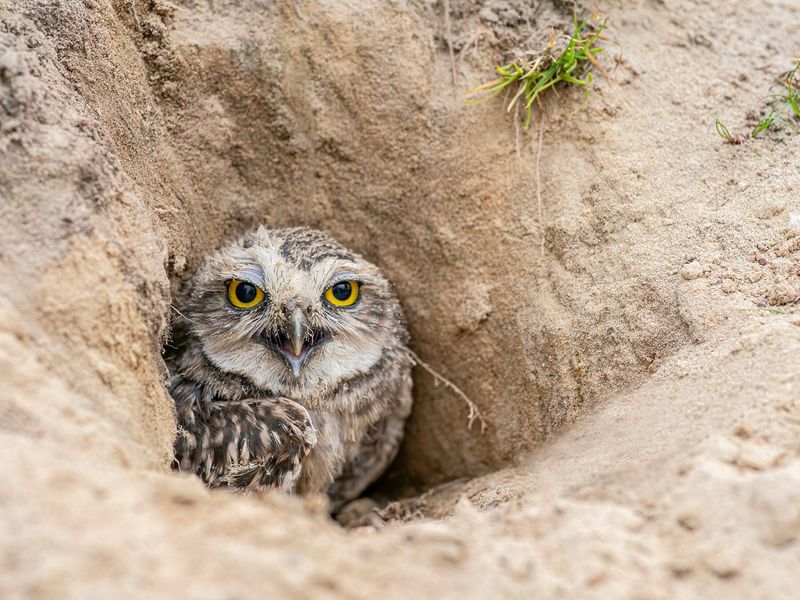
Burrowing owls have mastered desert survival with a clever cooling trick – they collect animal dung and spread it around their burrow entrances. When this dung gets wet (from rain or the owls’ own moisture), it attracts dung beetles that the owls can snack on without leaving their cool homes.
These small owls often take over abandoned prairie dog burrows rather than digging their own. Underground temperatures remain relatively stable, offering protection from both extreme heat and cold. Some burrowing owls even create a “doormat” of wet materials that cools incoming air.
Unlike most owls, burrowing owls are active during daylight hours, but they wisely retreat underground during the hottest parts of the day.
Giraffes’ Heat-Releasing Spots
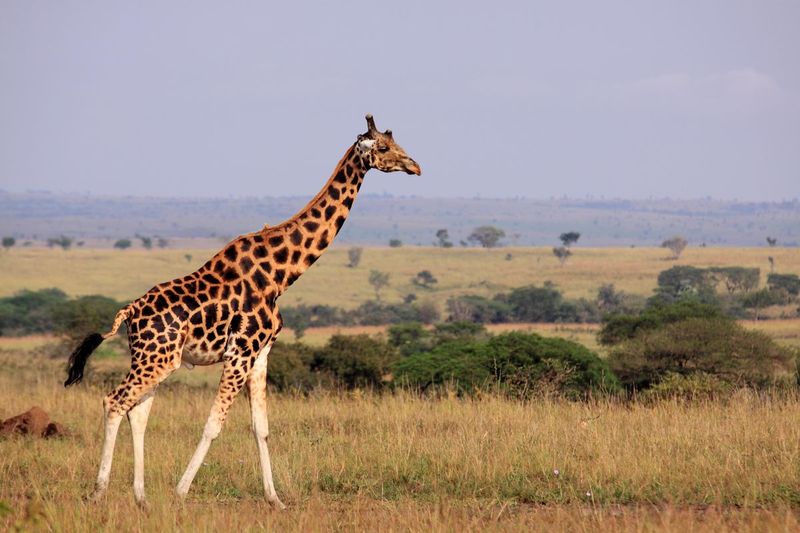
A giraffe’s beautiful spotted coat isn’t just for camouflage – it’s a sophisticated temperature regulation system. Each spot is surrounded by a network of blood vessels and sweat glands that create “thermal windows” where body heat can escape.
The dark patches absorb heat differently than the lighter areas between them. This creates temperature differences across the skin that help circulate air and release heat more efficiently. Think of it as having thousands of tiny air conditioners across their body!
Research shows that older giraffes in hotter regions tend to have larger, darker spots. This suggests that spot patterns may evolve based on climate conditions – nature’s adaptive fashion statement.
Camels’ Whole-Body Adaptation
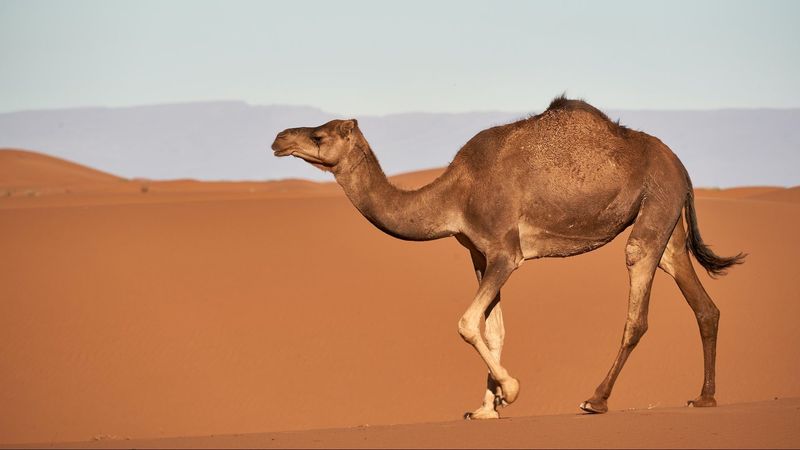
Camels are desert survival champions with multiple heat-beating adaptations. Their humps store fat (not water!), keeping insulating fat away from the rest of their body and allowing heat to escape more easily. Their body temperature can safely fluctuate by 6°F throughout the day without causing harm.
A camel’s blood cells are uniquely oval-shaped and can continue flowing even when water is scarce. Their thick fur actually insulates against heat, not just cold. And those long legs? They keep the camel’s body farther from the hot sand and in cooler air currents.
Camels can go without drinking for weeks by concentrating their urine and producing dry feces to conserve every drop of moisture.
Koalas’ Tree-Hugging Technique
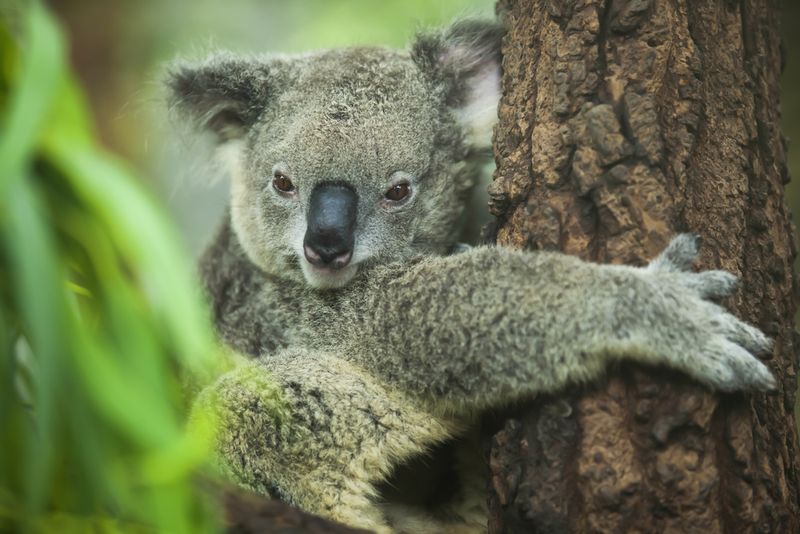
Koalas have perfected the art of chilling out during Australian heat waves. They hug tree trunks tightly, pressing their bodies against the cooler bark to transfer body heat away. Eucalyptus trees can be up to 9°F cooler than the surrounding air thanks to water evaporating from their leaves.
During extreme heat, koalas move lower down the trees where it’s cooler. They’ll sprawl across branches with limbs dangling to maximize exposure to any breeze. These marsupials are most active at night and early morning, wisely snoozing through the hottest parts of the day.
Koalas rarely drink water, getting most of their moisture from eucalyptus leaves. But during heat waves, they’ll actually come down to drink from streams or artificial water stations.
Lizards’ Push-Up Cooling Dance
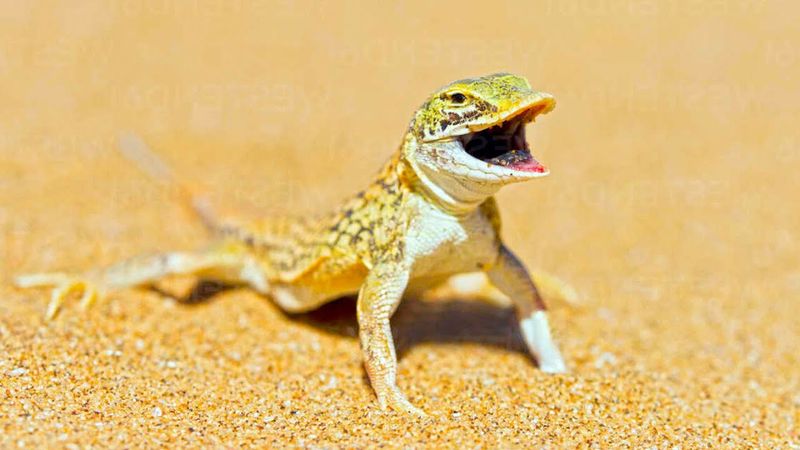
Desert lizards perform what looks like push-ups to regulate their temperature. By lifting their bodies off hot sand, they reduce contact with the scorching surface while exposing their bellies to cooling air. Some species can do this dance for hours during peak heat!
Many lizards also thermoregulate by shuttling between sun and shade. When too cool, they bask on rocks; when overheated, they retreat to burrows or shade. The frilled lizard of Australia even changes its skin color to reflect more sunlight when hot.
The shovel-nosed lizard performs a remarkable “thermal dance” – lifting alternate feet rapidly off the hot sand while keeping its body elevated. This quick-footed shuffle prevents any part from getting too hot!
Butterflies’ Sunbathing Strategy
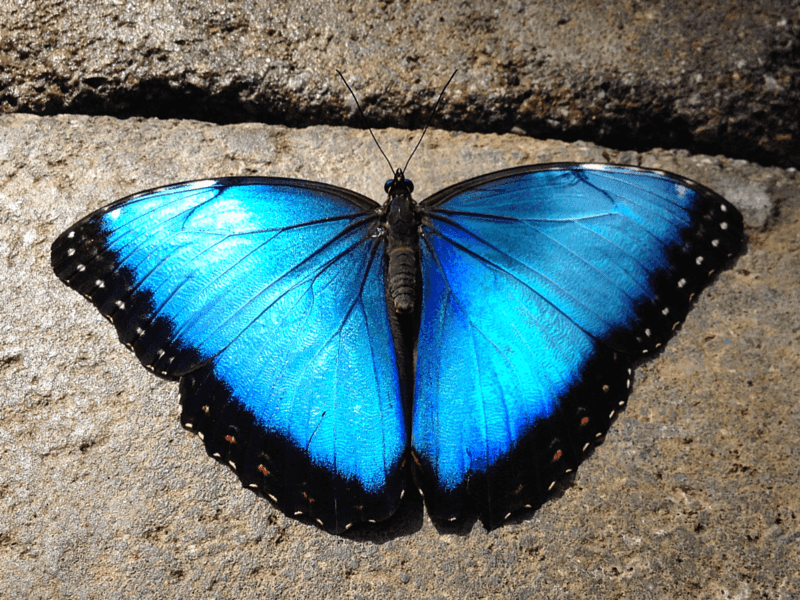
Butterflies master heat management through precise body positioning. When they need to warm up, they spread their wings flat to absorb sunlight. But when temperatures soar, they do something surprising – they turn to face the sun directly and fold their wings upright, minimizing the surface area exposed to harsh rays.
Some butterflies have special reflective scales that bounce back sunlight rather than absorbing it. The silver-spotted skipper butterfly can reflect up to 70% of solar radiation! Others seek shade under leaves during peak heat hours.
Certain desert butterflies even have heat-resistant proteins that prevent cell damage at temperatures that would kill other insects. Evolution at its finest!

